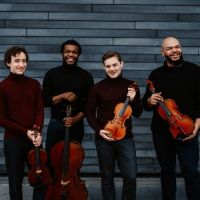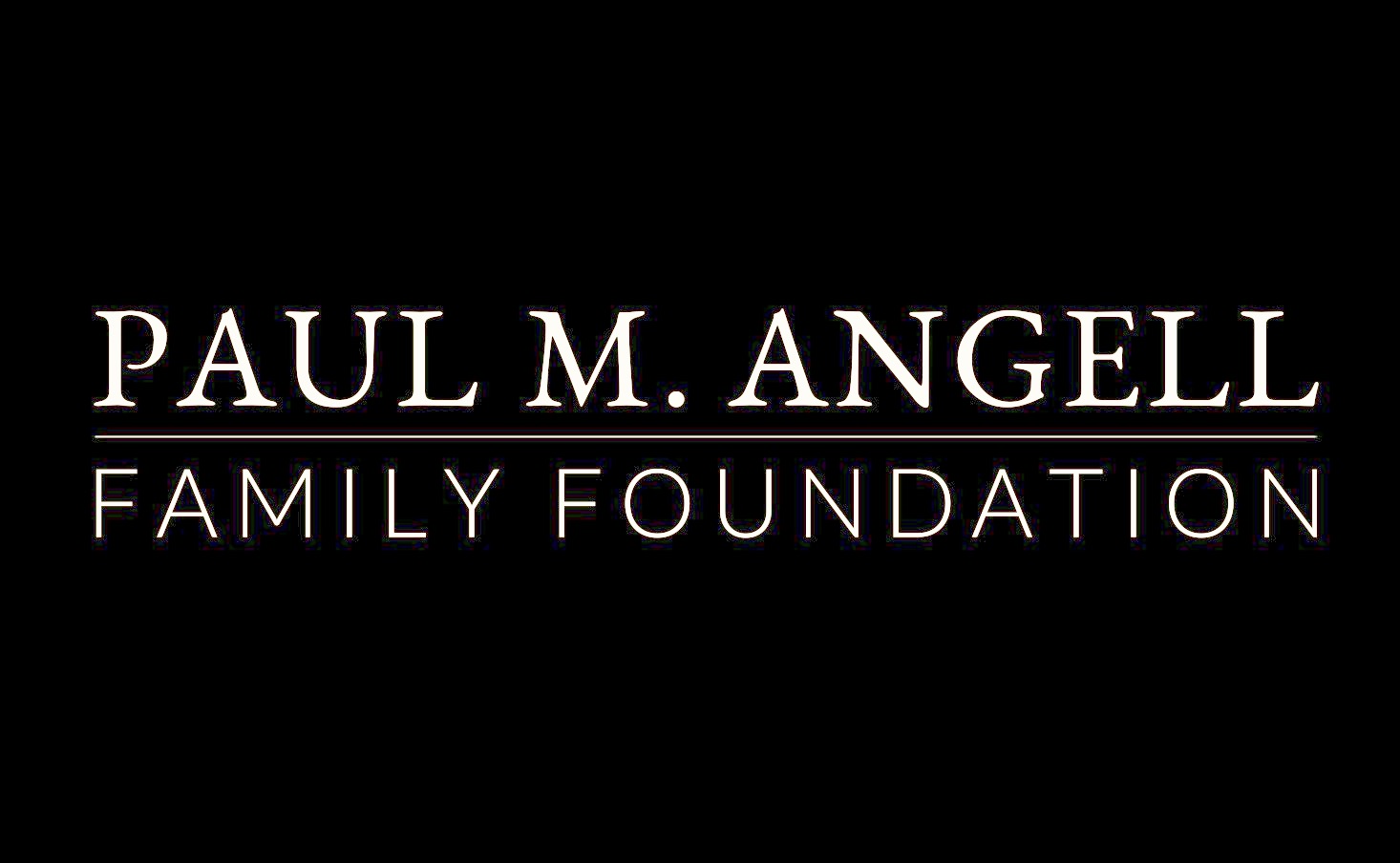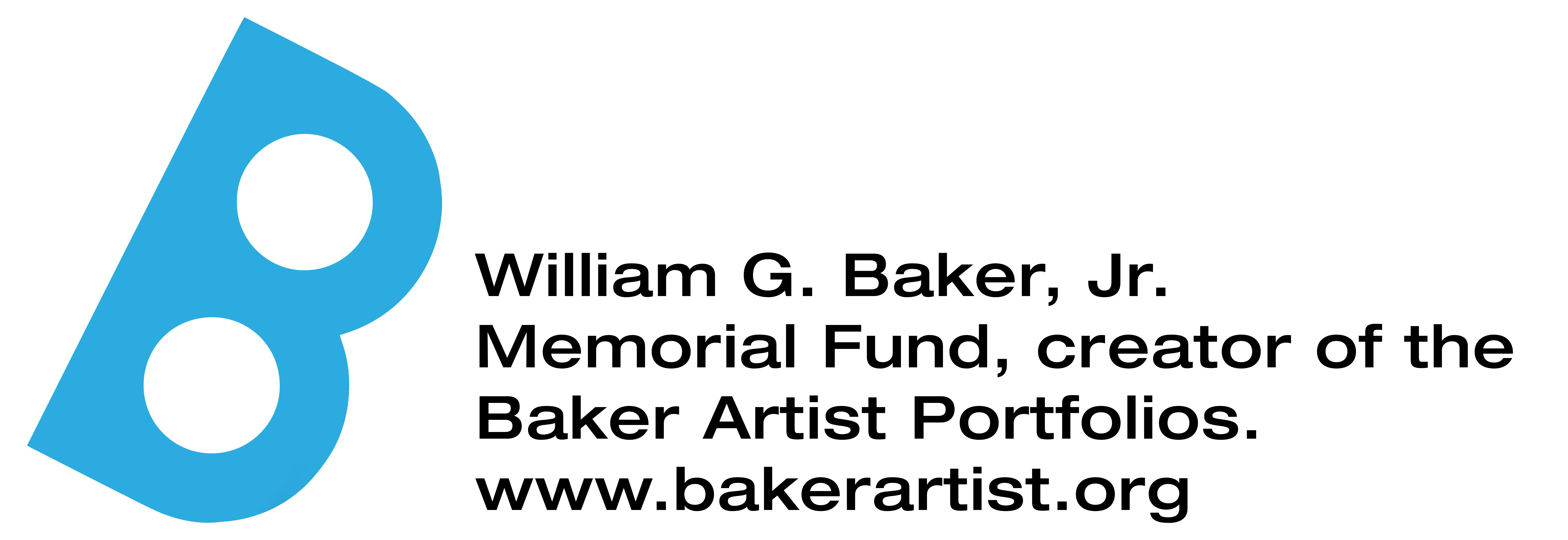Isidore String Quartet (Baltimore Debut)
Location: Baltimore Museum of Art
Following its momentous win at the 2022 Banff International String Quartet Competition, the Isidore String Quartet impresses with its “focus and command beyond its years…[and its] sweeping coherence and blazing virtuosity” (Violinist.com). The Quartet performs beloved works by Mozart and Mendelssohn, and a 2012 quartet by Billy Childs, one of music’s most versatile composers at home in both the jazz and classical genres.
Venue: Baltimore Museum of Art
Suggested Donation: $10; General Seating

Isidore String Quartet (Baltimore Debut)
Adrian Steele, violin
Phoenix Avalon, violin
Devin Moore, viola
Joshua McClendon, cello
Winners of the 14th Banff International String Quartet Competition in 2022, the New York City-based Isidore String Quartet was formed in 2019 with a vision to revisit, rediscover, and reinvigorate the repertory. The group is heavily influenced by the Juilliard String Quartet and the idea of “approaching the established as if it were brand new, and the new as if it were firmly established.”
The members of the Quartet began as an ensemble at The Juilliard School, and following a break during the global pandemic reconvened at the Kneisel Hall Chamber Music Festival in the summer of 2021 under the tutelage of Joel Krosnick. In addition to Mr. Krosnick, the ISQ has coached with Joseph Lin, Astrid Schween, Laurie Smukler, Joseph Kalichstein, Roger Tapping, Timothy Eddy, Donald Weilerstein, Atar Arad, Robert McDonald, Christoph Richter, Miriam Fried, and Paul Biss, while performing in venues such as Alice Tully Hall, the Kennedy Center, and at the Ravinia Festival.
Its Banff triumph brings extensive tours of North America and Europe, a two-year appointment as the Peak Fellowship Ensemble-in-Residence at Southern Methodist University in Dallas beginning in 2023-24, performances at Haydn Hall in Eisenstadt (in spring 2023) and the Lucerne Festival, plus a two-week residency at Banff Centre including a professionally produced recording, along with extensive ongoing coaching, career guidance, and mentorship.
The Isidore Quartet’s 2022-23 season features debut appearances in Pittsburgh, PA; Durham, NC; Burlington, VT; Kalamazoo, MI; Evanston, IL; San Antonio, TX; Laguna Beach, CA (with pianist Jeremy Denk and violinist Stefan Jackiw); and Seattle, WA (with violinist James Ehnes). ISQ returns to Washington's Kennedy Center as part of the Fortas Chamber Music Concert Series, and will also perform for Schneider Concerts at the Mannes School of Music. In Europe it performs at Esterhazy Palace in Austria, and spends time at the Britten Pears Arts Institute.
ISQ is working as a resident ensemble with PROJECT: MUSIC HEALS US providing encouragement, education, and healing to marginalized communities – including elderly, disabled, rehabilitating incarcerated and homeless populations – who otherwise have limited access to high-quality live music performance. An ensemble actively dedicated to pushing the boundaries of music-making, ISQ is the resident ensemble for the Contemporary Alexander School/Alexander Alliance International. In conjunction with those well-versed in the world of Alexander Technique, as well as other performers, ISQ explores the vast landscape of body awareness, mental preparation, and performance practice.
The name Isidore recognizes the ensemble’s musical connection to the Juilliard Quartet: one of that group’s early members was legendary violinist Isidore Cohen. Additionally, it acknowledges a shared affection for a certain libation – legend has it a Greek monk named Isidore concocted the first genuine vodka recipe for the Grand Duchy of Moscow! The group's website is www.isidorestringquartet.com.
“Powerhouse new ensemble. Invigorating. Intoxicating. The new face of outstanding chamber music.” —The Violin Channel
Wolfgang Amadeus Mozart (1756-1791)
String Quartet in C major, K. 465
View NotesOne of Mozart’s most extraordinary chamber works, the String Quartet in C major, takes its nickname, and much of its intermittently gloomy character, from the stinging dissonances in the short introduction to the first movement. K. 465 is the last of the six “Haydn” Quartets that Mozart presented to his revered mentor in 1785 with a conventionally fulsome but nonetheless sincere dedication: “Your good opinion encourages me to offer these to you and leads me to hope that you will not consider them wholly unworthy of your favor.” Haydn had expressed his own esteem for Mozart in no uncertain terms after attending a private performance of the quartets in Vienna earlier that year; it was on that occasion that he famously remarked to Leopold Mozart that “your son is the greatest composer known to me either in person or by name. He has taste and, what is more, the most profound knowledge of composition.”
Haydn’s unreserved approbation reportedly did not extend to the C-major Quartet’s harmonically unorthodox prelude. Although the level of dissonance sounds tame enough to modern ears—indeed, Mozart’s searching, amorphous harmonies are scarcely more daring than those that Haydn himself would use a dozen years later to depict primordial chaos in his oratorio The Creation— audiences in the late 18th century found the opening Adagio sufficiently abrasive to provoke one indignant critic to attack the passage as “barbarous.” Others went so far as to recompose the first few bars of the quartet, in an earnest attempt to correct Mozart’s “mistakes.” As the composer’s early 20th-century biographer Hermann Abert observed, “An age that saw in Mozart only an out-and-out optimist simply did not know where to begin with this adagio. But the Mozart with whom we are dealing here was anything but an optimist…. The idea that finds expression here is not merely that of a storm that blows over and cleans the air. Rather, it is the basic mood of the work as a whole, the image of a mind weighed down by gloomy forebodings and attempting to come to terms with the emotional pressure that it feels.”
Many listeners would agree with Abert that an undercurrent of foreboding, even angst, flows beneath much of the C-major Quartet’s sunny surface. It can be felt in the ambiguous and frequently elusive tonality, in the restless profusion of thematic material, and above all in the wide, angular melodic leaps that characterize the last two movements in particular. Against all this must be counted the serene equanimity of the first-movement Allegro, the relaxed, aria-like lyricism of the Andante cantabile, and the irrepressible playfulness of the final Allegro molto. Mozart’s genius was capacious. As arresting as they may be, the first 22 bars of the “Dissonance” Quartet are far from the whole story.
© Harry Haskell, 2023
Billy Childs (b. 1957)
String Quartet No. 2, "Awakenings"
View NotesLos Angeles-native Billy Childs began publicly performing on the piano at the age of six and would eventually receive a bachelor’s degree in composition from the University of Southern California Community College of the Performance Arts. As a performer and composer, Childs was in demand early on, collaborating with pillars of the jazz industry, signing with Windham Hill Records in 1988, and receiving commissions from prestigious soloists and ensembles (LA Philharmonic, Detroit Symphony Orchestra, Kronos Quartet, Ying Quartet). A formative education, extensive experience, and an unwavering self-conception allowed the five-time Grammy Award-winning Billy Childs to develop a unique voice as a pianist and composer in both the classical and jazz spheres.
Commissioned by the Ying Quartet and completed in 2012, String Quartet No. 2 “Awakening” depicts the emotional, physical, and spiritual journey in dealing with the serious illness of a loved one; it is inspired by Childs’ real life experience with his wife. After she was diagnosed with a pulmonary embolism and taken into emergency care, Childs, a state over, was notified of the situation and immediately rushed to be with her. This three-movement work outlines the complex emotional journey, providing insight into the vulnerability of the composer.
The first movement, titled Wake Up Call, opens with a tremolo/trill in the second violin and viola, set against snap pizzicato in the cello, and a twelve-tone opening pronouncement in the first violin, expressing his initial shock at learning of his wife’s hospitalization. This cacophony of an anxiety-ridden sound-world is juxtaposed with a reflective middle section overcome with heartbreakingly lyrical cascades of melody that accumulate throughout the quartet, evoking a sense of uncontrollable anguish, fear, and lamentation. This brief look inside the composer’s psyche is swiftly dissipated as the opening material engulfs the music once again. Wake Up Call gives us a glimpse into both the external and internal experience of Childs in this time of unknown.
The White Room, the second movement, conveys the powerlessness and urgency he experienced waiting at her bedside through the use of a plaintive melody set against heartrending bi-tonal harmonies. Utilizing various extended techniques (false harmonics, glissandos, Bartók pizzicatos), Childs manifests the feeling of being in the sterile, unwelcoming hospital room devoid of comfort with its blindingly white walls and eerily repetitive machinery noises. The mechanical landscape eventually avalanches into two cadenzas in the viola and first violin that seem to spew rage, anger, and torment. The doubled sixteenth-note figure that pervades the movement, resembling a heartbeat, rises and falls as the emotional arch takes shape, eventually settling into a state of numbness and fatigue.
The final movement, Song of Healing, is an ode to recovery and rediscovery, with the viola's introductory melody expressing the slow process of healing and a new respect for the transient and delicate nature of life. The centerpiece of this movement is a conversation between Childs and his wife as the two began to compartmentalize and understand the impact that this event had on their relationship. The love, trust, and unencumbered expression of emotion can be viscerally felt as this duo rejoins the quartet as the movement comes to a close. A sense of healing, or at least a willingness to heal, is felt as the final chord—a hopeful A major—dissolves into silence.
Childs, through a unique yet familiar compositional style evocative of 21st-century multigenric perspective, acknowledges and expresses the familiarity of fear, anguish, and resolution regarding the fleeting nature of life, yielding a work that speaks directly to the human experience.
© Devin Moore, 2024
Felix Mendelssohn (1809-1847)
String Quartet in E-flat major, Op. 44, No. 3
View NotesIn the late 1830s, Mendelssohn was nearing the peak of his fame and prowess. He was in demand throughout Europe not only as a composer but as a conductor, pianist, and administrator as well. As music director of the Leipzig Gewandhaus since 1835, he had built the resident orchestra into one of Europe’s most highly esteemed ensembles and persuaded the renowned virtuoso Ferdinand David to serve as its concertmaster. (David would participate in the premieres of many of Mendelssohn's works, including the Op. 44 String Quartets and the great Violin Concerto in E minor.) In addition to conducting the orchestra’s regular season of 20 subscription programs, Mendelssohn organized a series of popular chamber music concerts at the Gewandhaus, for which he composed a number of pieces, including the Quartet in E-flat major.
In the summer of 1837, newly married and buoyed by the recent success of his oratorio St. Paul, Mendelssohn turned his attention back to chamber music after a hiatus of several years. Over the next 13 months he wrote no fewer than three string quartets, grouped together as Op. 44, Nos. 1-3 and dedicated to Crown Prince Oscar of Sweden and Norway, a notable patron of the arts and a personal friend of the composer. It was a typically productive period for the chronically hyperactive Mendelssohn. In early June he led some 700 musicians in a “monster” performance of Handel’s oratorio Joshua in Cologne. Upon returning home to Berlin, he immediately immersed himself in writing the Quartet in E minor, Op. 44, No. 2. The first of the Op. 44 set, in D major, was the last in order of composition, dating from July 1838. In between came Op. 44, No. 3, which the 29-year-old composer finished on Feb. 6, 1838, the day before the birth of his first son. David’s ensemble premiered it in the Gewandhaus two months later.
The opening Allegro vivace is the longest of Mendelssohn’s quartet first movements, despite the finely chiseled concision of its thematic material. The energetic upbeat figure that the first violin presents at the very beginning recurs again and again, imparting a giddy momentum to the music that is intermittently tempered by contrasting episodes of flowing lyricism. The second movement, in C minor, is a typically fleet-footed Mendelssohnian scherzo; its gossamer textures and airy buoyancy recall his incidental music for Shakespeare’s Midsummer Night’s Dream, although the character of the music is decidedly more demonic than elfin. The warm, hymn-like radiance of the A-flat-major Adagio is suffused with restless urgency, thanks to its chains of pulsating 16th notes and searching chromatic harmonies. The athletic finale, marked con fuoco (with fire), is an action-packed display of sizzling virtuosity that anticipates the bravura passages in Mendelssohn’s Violin Concerto.
© Harry Haskell, 2023




